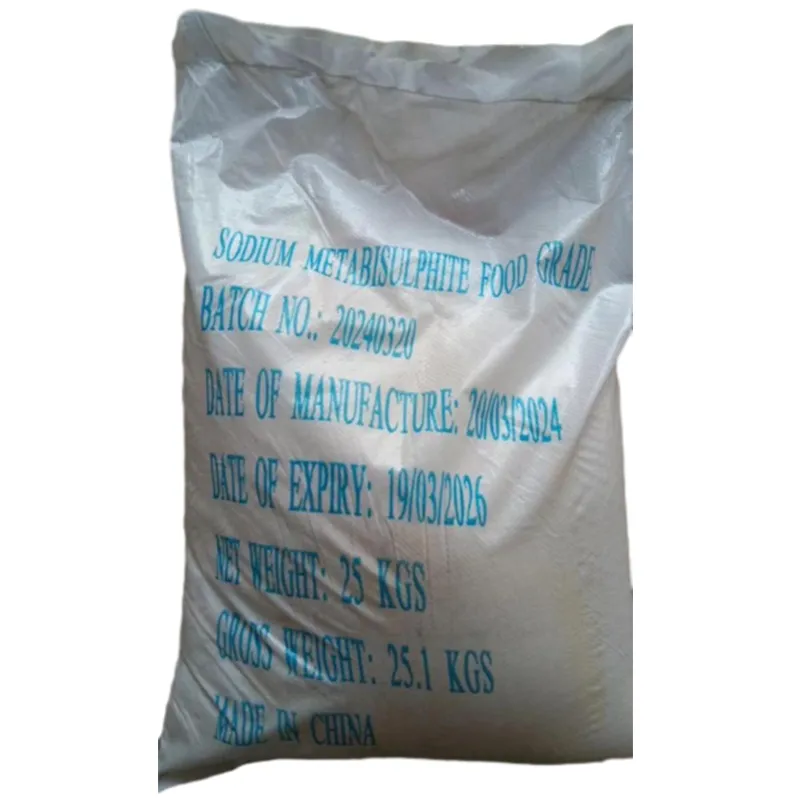
Coloring Agents in Food
Coloring Agents in Food An Overview
Coloring agents, also known as color additives, play a vital role in the food industry by enhancing the visual appeal of various products. Their primary objective is to make food items more attractive to consumers and to restore, maintain, or improve color after processing. This article explores the types of coloring agents used in food, their sources, safety regulations, and their impact on consumer perception.
Types of Coloring Agents
Coloring agents can be broadly categorized into two groups natural and synthetic. Natural colorants are derived from plants, minerals, and animals, including pigments from fruits, vegetables, and flowers. Common natural coloring agents include beetroot red (betanin), turmeric (curcumin), and annatto extracted from the seeds of the achiote tree.
On the other hand, synthetic colorants are chemically manufactured and often more vibrant and stable than their natural counterparts. Examples include tartrazine (Yellow No. 5), sunset yellow, and brilliant blue. While synthetic colors are widely used due to their affordability and long shelf life, they have sparked debates regarding health concerns.
Sources of Coloring Agents
Natural coloring agents are sourced from various ingredients. For instance, anthocyanins found in blueberries and raspberries provide a rich red to purple hue, while chlorophyll gives a vibrant green color often used in candies and drinks. Carotenoids, which include beta-carotene, are responsible for yellow and orange shades and are commonly found in carrots and sweet potatoes.
Synthetic coloring agents are produced through chemical processes. They often have specific identification numbers assigned by regulatory bodies, which helps in standardization and traceability. The use of artificial colors is prevalent in processed foods, confectionery, beverages, and dairy products.
coloring agents in food

Safety Regulations
The use of coloring agents in food is subject to stringent regulations set by various health and safety organizations worldwide. In the United States, the Food and Drug Administration (FDA) oversees the approval of color additives. Each coloring agent must undergo rigorous safety assessments before being granted authorization for use in food products.
The European Food Safety Authority (EFSA) conducts similar evaluations in Europe, assigning risk levels to various colors. While many natural coloring agents are generally recognized as safe (GRAS), some synthetic colors have been linked to allergic reactions and hyperactivity in children, leading to calls for stricter regulations and labeling requirements.
Impact on Consumer Perception
Color plays a fundamental role in food perception. Studies indicate that consumers often associate certain colors with specific flavors, freshness, and quality. For example, vibrant red colors may lead individuals to perceive a fruit as ripe and delicious. As a result, manufacturers utilize coloring agents strategically to influence buying behavior.
In recent years, there has been a notable shift in consumer preferences towards natural foods. The demand for transparency in food labeling has surged, prompting many companies to replace synthetic colors with natural alternatives. This trend reflects a growing awareness of health and wellness issues among consumers.
Conclusion
Coloring agents are indispensable in the food industry, enhancing visual appeal and making products more appealing to consumers. While both natural and synthetic coloring agents have their advantages and drawbacks, the ongoing shift toward natural options highlights the importance of consumer preferences in shaping industry practices. As regulations evolve and consumer awareness increases, the future of coloring agents in food will likely continue to transform, prioritizing safety, quality, and transparency.
-
nitrile-rubber-honoring-strict-production-standardsNewsAug.22,2025
-
aspartame-ingredients-honoring-food-safety-valuesNewsAug.22,2025
-
fertilizer-for-balanced-plant-nutritionNewsAug.22,2025
-
cyanide-gold-processing-with-high-purity-additivesNewsAug.22,2025
-
formic-acid-in-textile-dyeing-applicationsNewsAug.22,2025
-
aluminum-hydroxide-gel-in-skincare-productsNewsAug.22,2025
-
Regulatory Compliance for Global Mining Chemicals UseNewsAug.12,2025
Hebei Tenger Chemical Technology Co., Ltd. focuses on the chemical industry and is committed to the export service of chemical raw materials.
-

view more DiethanolisopropanolamineIn the ever-growing field of chemical solutions, diethanolisopropanolamine (DEIPA) stands out as a versatile and important compound. Due to its unique chemical structure and properties, DEIPA is of interest to various industries including construction, personal care, and agriculture. -

view more TriisopropanolamineTriisopropanolamine (TIPA) alkanol amine substance, is a kind of alcohol amine compound with amino and alcohol hydroxyl, and because of its molecules contains both amino and hydroxyl. -

view more Tetramethyl Thiuram DisulfideTetramethyl thiuram disulfide, also known as TMTD, is a white to light-yellow powder with a distinct sulfur-like odor. It is soluble in organic solvents such as benzene, acetone, and ethyl acetate, making it highly versatile for use in different formulations. TMTD is known for its excellent vulcanization acceleration properties, which makes it a key ingredient in the production of rubber products. Additionally, it acts as an effective fungicide and bactericide, making it valuable in agricultural applications. Its high purity and stability ensure consistent performance, making it a preferred choice for manufacturers across various industries.





